Last Updated on December 17, 2025 by Hannah Stephenson
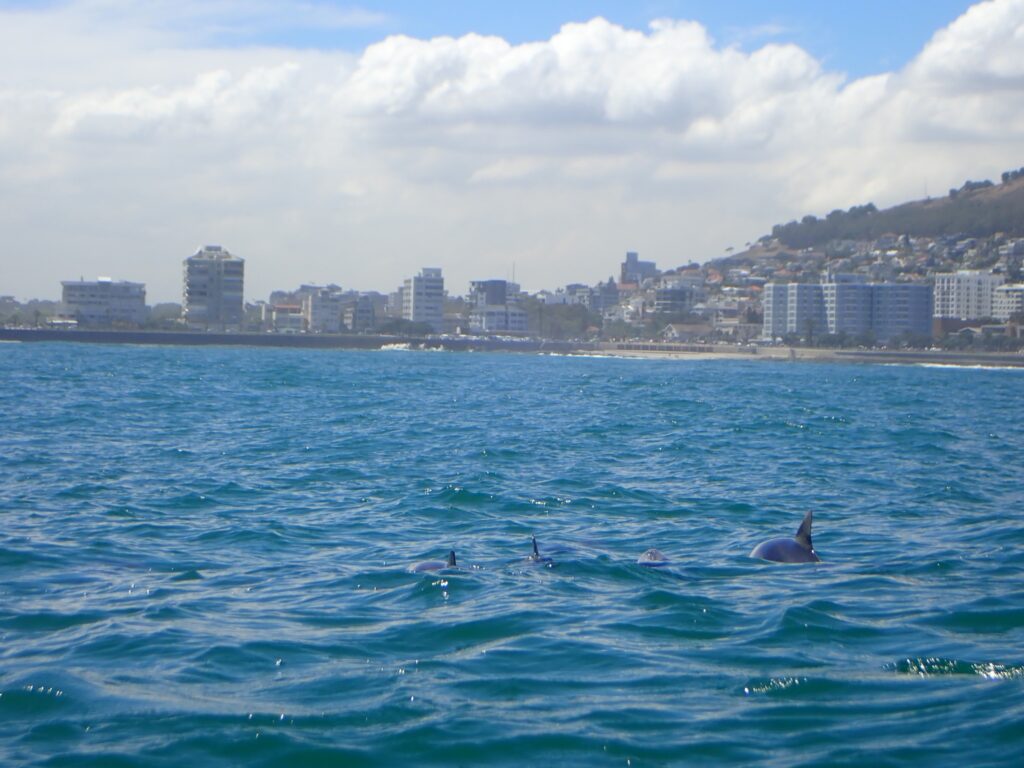
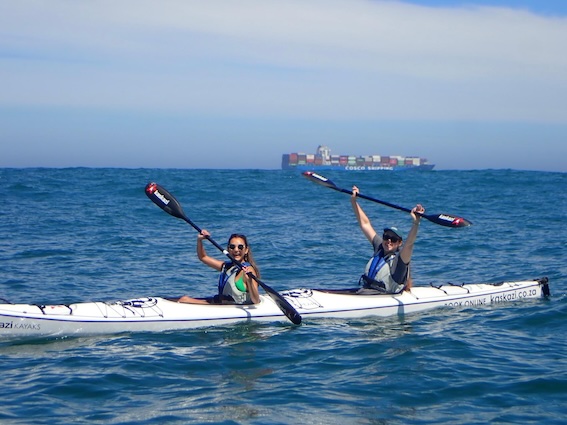
The rumours are true: there are dolphins in Cape Town!
You can spot these friendly and intelligent animals playing in the waters around the Mother City all year round – you just need to know where to look. The best way to spot them is to get out to sea on a boat trip, but some offer better chances than others.
So, without further ado, let’s dive into when, where, and how to see dolphins in Cape Town!
What species of dolphin live in Cape Town?
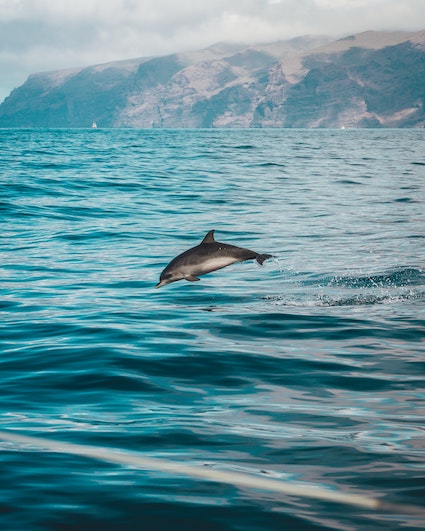
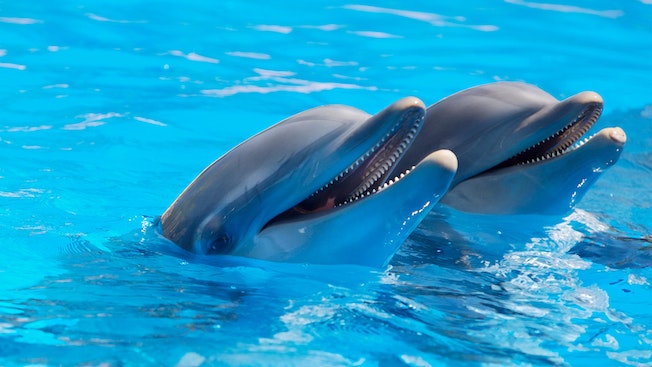
There are four main species of dolphin you can spot in Cape Town. They are:
- Heaviside’s dolphins
- Dusky dolphins
- Bottlenose dolphins
- Humpback dolphins
These dolphins can be spotted all year round in Cape Town, although summer is the best time according to the International Whaling Commission.
Humpback dolphins are the rarest ones to spot, whilst the other three types are fairly common to see.
The Best Places to See Dolphins in Cape Town
Dyer Island
Dyer Island is a protected nature reserve off the coast of Gansbaai, which is about 2 hours from Cape Town. The reserve consists of 3 different islands and is a great place to spot fur seals, sharks, and African penguins.
Since Dyer Island is protected, it’s not open to the general public. The only way to visit is via a boat tour, such as this Marine Safari!
False Bay
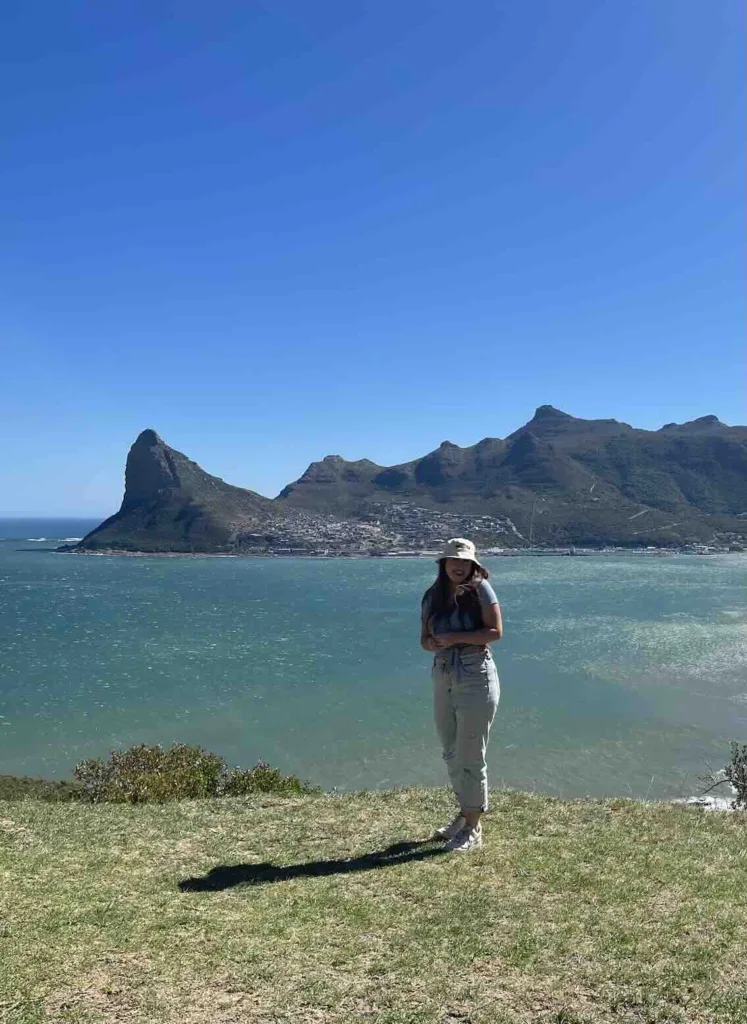
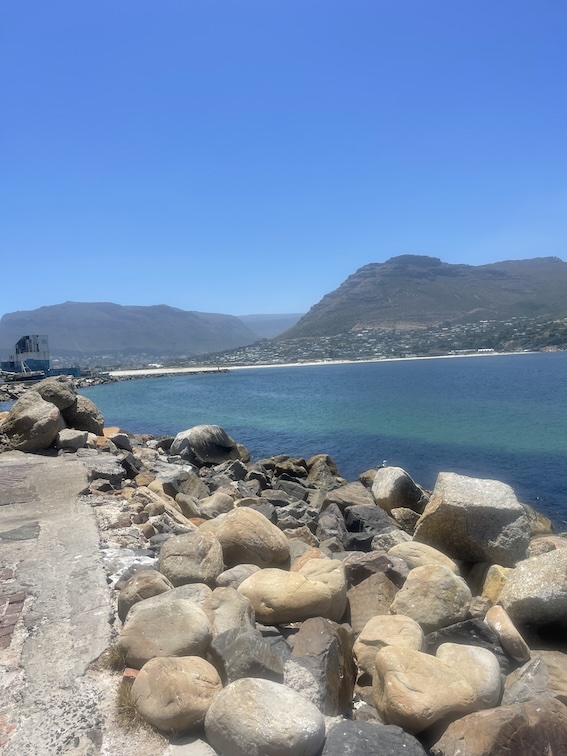
Dolphins live in False Bay all year round, although it can be difficult to spot them from the shore.
Still, if you venture out on a boat trip or kayaking adventure from somewhere like Simon’s Town or Hout Bay, then you have a very good chance of spotting some dolphins! For example, they’re often spotted on this kayaking adventure to Boulder’s Beach.
Atlantic Coast
You can also spot dolphins along the Atlantic Coast – aka the one that runs along the Waterfront, Sea Point, and Clifton. I have seen a ton of them myself here while kayaking, but more on that in a moment!
The Best Ways to See Dolphins in Cape Town
1. Kayaking
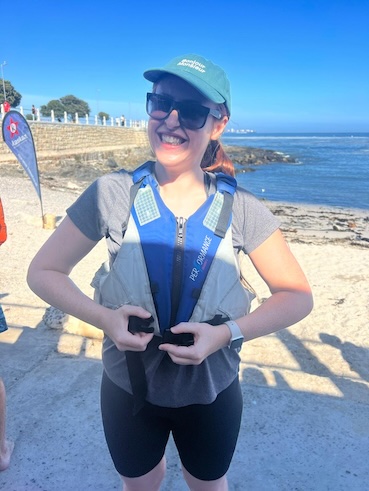
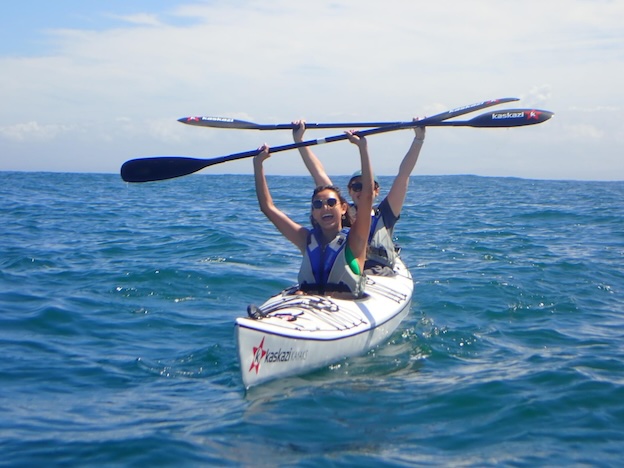
- Price: R550
- Duration: 2 hours
- Start time: Several time slots available
I saw a ton of dolphins when I went kayaking. In fact, this is my favourite way to see dolphins in Cape Town!
The kayaking tour that I did departed from Sea Point, and I went with Kaskazi Kayaks. I would definitely recommend them, as the guides were excellent and the kayaks were in great condition.
We got a 2-hour kayaking tour and we saw tons of dolphins, especially during the second hour. We also saw a penguin, a sun fish, and some cute seals who came to say hello.
The kayaks had rudders so steering was really easy – even for me, and I have no upper body strength! You can read my full guide to kayaking with dolphins here.
2. Full-day marine safari in Gaansbaai


- Price: R3,160
- Duration: 10 hours
- Start time: 7 am or 9 pm
This marine safari is one of the best ways to see dolphins in Cape Town. It takes you out to Gaansbaai, which is basically marine life central.
Sharks, dolphins, penguins, whales, and seals can be found in their droves in Gaansbaai. (You’ll need to visit in the winter to see whales, though).
This tour drives you out from Cape Town to Gaansbaai, where you have breakfast at a local restaurant before heading out on a marine safari. This takes you to the famous Dyer Island for maximum chances of spotting the Marine Big 5!
This tour is one of the pricier options, but it’s a great option for marine enthusiasts. It includes hotel pickup and drop-off, as well as breakfast and lunch, so I think it’s pretty good value for money.
Click here to find out more and book!
3. Marine safari from the V&A Waterfront


- Price: R1,000
- Duration: 1.5 hours
- Start time: 10:30 am
Going all the way to Gaansbaai takes up an entire day, but this marine safari leaves from the V&A Waterfront.
It only takes 1.5 hours and it’s way cheaper. What’s not to like?
I booked this tour for a friend’s birthday, and we had a fantastic morning out on the water. We did the marine safari in February, so we didn’t expect to see whales as they’re more common during the winter months… So imagine our delight when we saw FOUR whales!
One of them was actually so close to our boat we could have reached out and touched it. It was absolutely incredible.
Plus, we saw a pod of dolphins and some penguins! We also saw at least fifty seals chilling out on a buoy on the way out of the harbour. You can read my full review of the exprience here, but it’s safe to say I would do this again in a heartbeat.
Read 250+ reviews and book this tour here!
4. Ocean wildlife encounter from Green Point
- Price: R1,550
- Duration: 2 hours
- Start time: 7 am, 9 am, 11:30 am, 5 pm
For those who don’t want to kayak, this small group ocean wildlife encounter is the next best way of spotting dolphins in Cape Town.
It’s affordable, easy to get to, and the tour route is changed each day to maximise your chances of seeing dolphins!
There will be a maximum of 7 participants on board, so it’s a personal experience and you’ll be able to ask your guide lots of questions. I always think that you learn more on a small group tour!
And honestly, the hundreds of 5-star reviews speak for themselves. The tour runs from early September to late May, but it does sell out in advance, so don’t hesitate to book.
If you want to do this tour, I definitely recommend reserving your spot ASAP. I tried to book it when some friends came to visit, but it was sold out three weeks in advance!
Click here to find out more and book
5. A sunset cruise
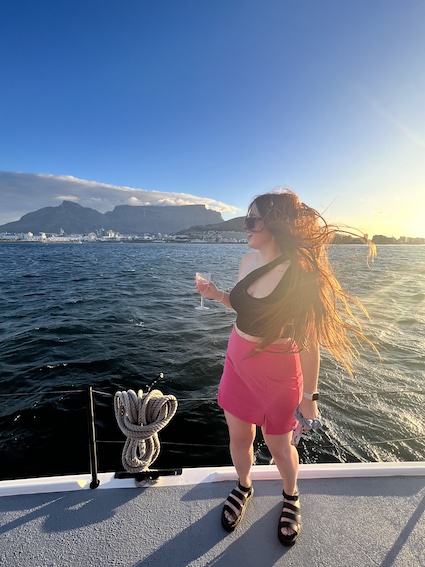
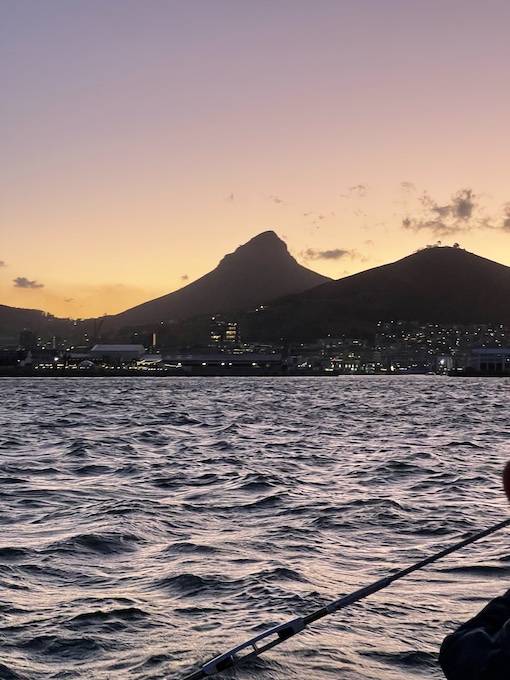
- Price: R580
- Start time: 5 – 7 pm (depending on sunset time)
Sunset is the perfect time of day for dolphin spotting, so a sunset boat cruise is the perfect opportunity to spot some friendly dolphins. They might even end up tailing your boat for a while!
This sunset catamaran cruise departs from the V&A Waterfront and is so much fun! I loved the views of Table Mountain and the Atlantic Coast at sunset. Each pair also gets a complimentary bottle of bubbles to share!
Sadly, I didn’t actually see any dolphins when I did this cruise… but you never know!
6. A daytime boat cruise
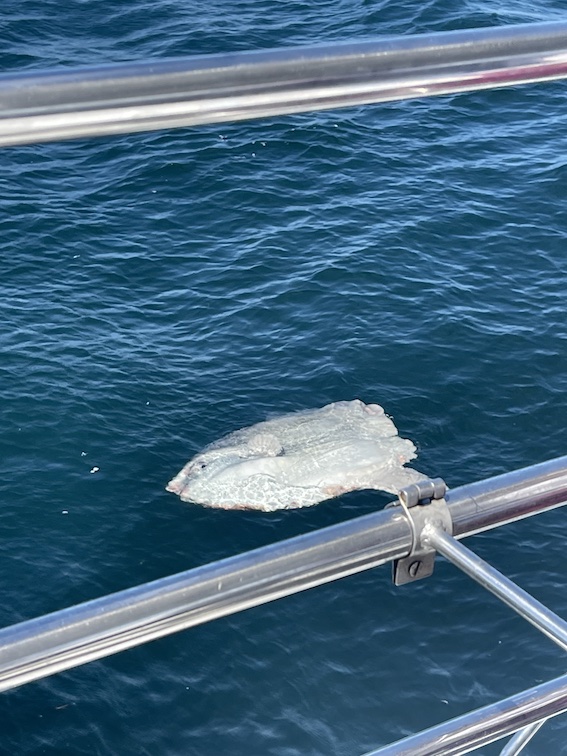

- Price: R330
- Duration: 1 hour
- Start time: 11 am or 2 pm
I was lucky enough to spot a dolphin on this 1-hour boat cruise that I did. It was super quick so I didn’t even manage to take a photo, but it was very exciting. I also saw a sun fish and some seals!
It’s a pretty affordable thing to do here and a really nice experience. If you’re lucky, you’ll spot dolphins too, but it’s not guaranteed.
Still, if you don’t want to kayak and don’t have the budget for a marine safari, then this is a good way to up your chances of spotting dolphins in Cape Town.
